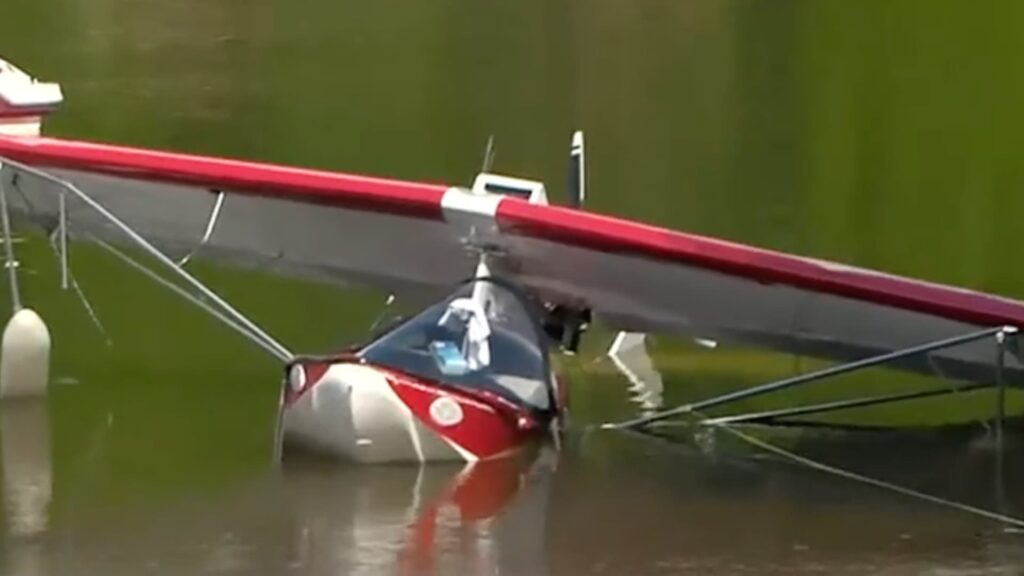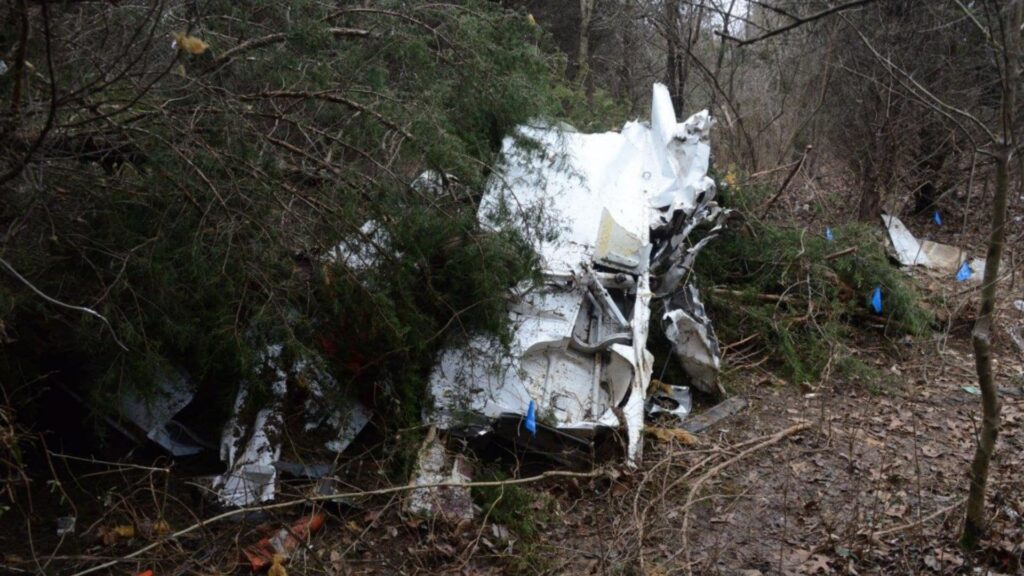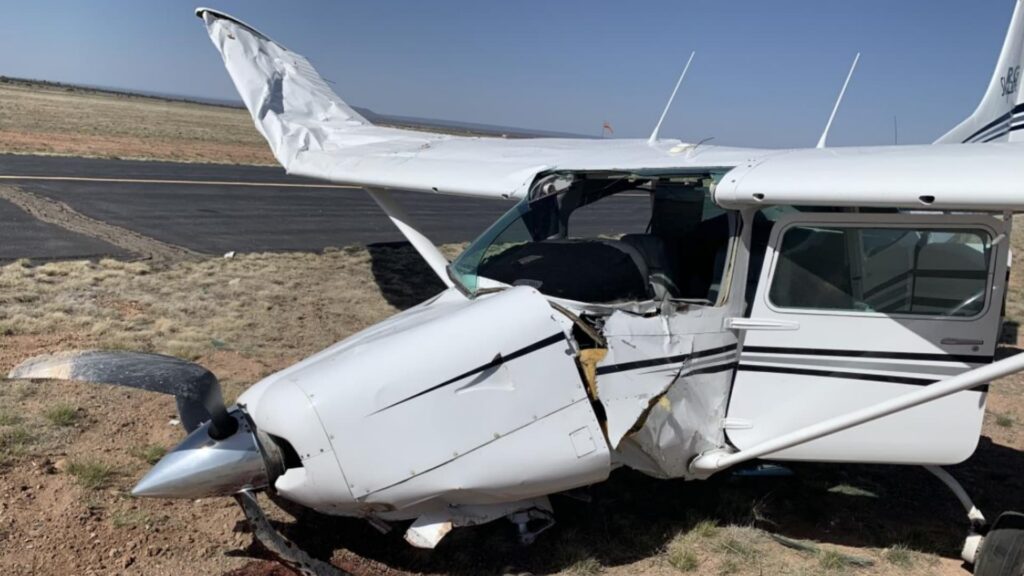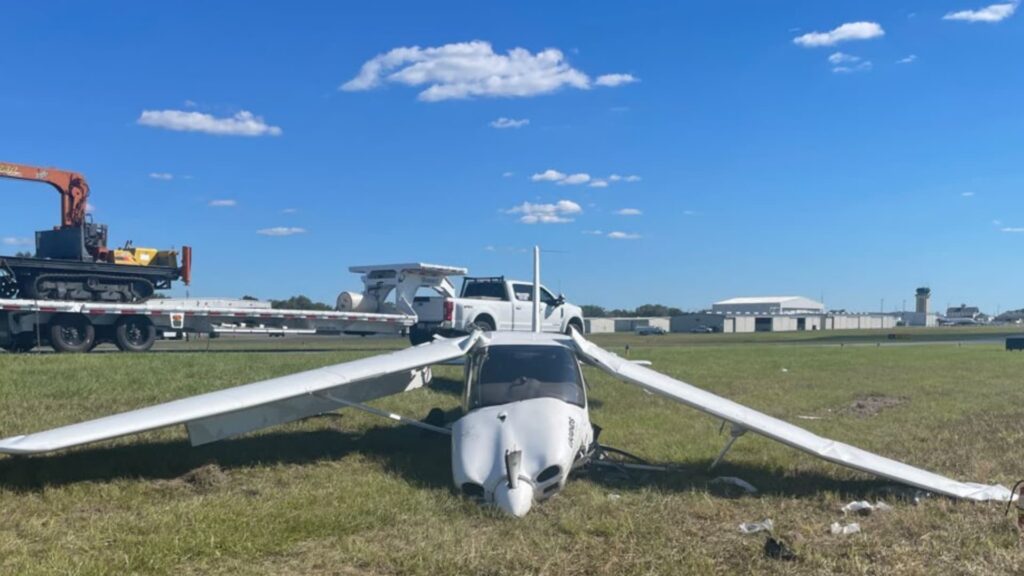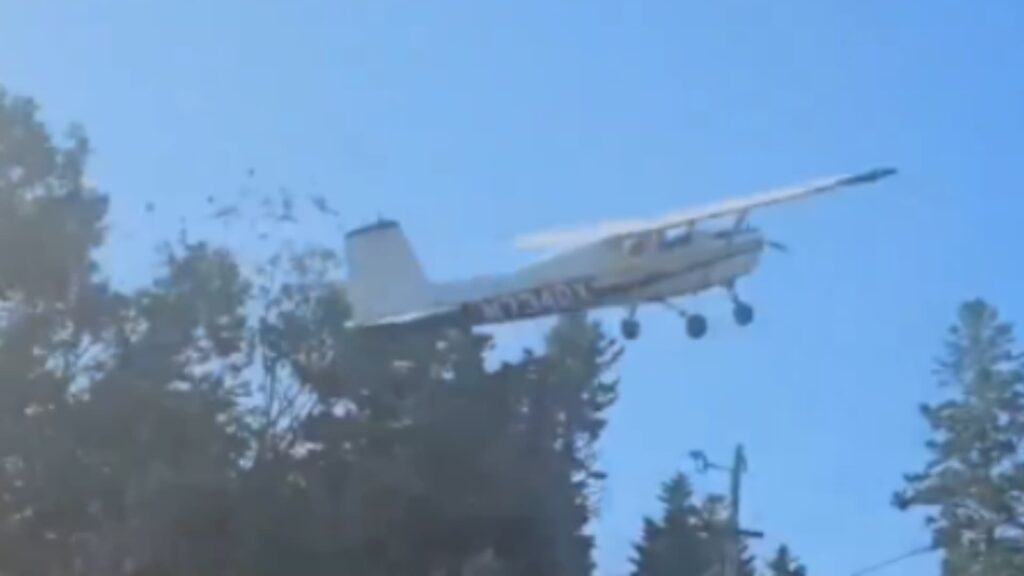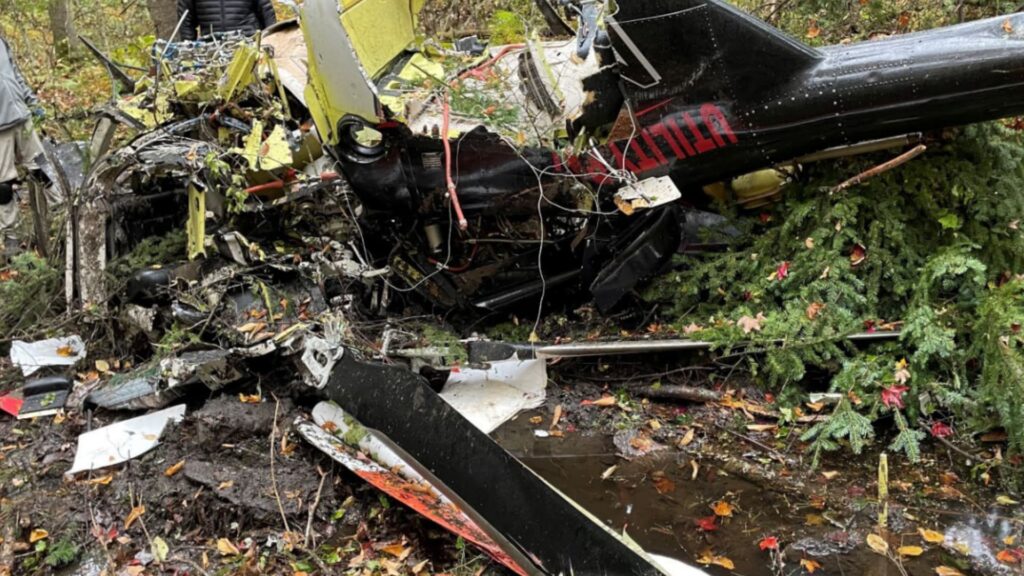A Beautiful Day, a Short Hop, and an Unseen Threat
It was a warm afternoon on May 31, 2023, when a privately owned Searey amphibious airplane took off from a grassy lakeside runway in North Carolina. On board were two people: the pilot-owner and his passenger. The flight was meant to be a short hop—a trip from Long Island Airpark to Statesville Regional Airport, a short distance across Lake Norman. It was a personal, low-stress outing under Part 91 rules, with clear skies above and calm water below.
The pilot, 43 years old, held a private pilot certificate with a rating for single-engine land aircraft. He did not hold a single-engine sea rating, despite flying an amphibious aircraft that can land on water. However, as far as I’m aware, the sea rating is not required if the pilot only operated the aircraft on land. At the time of the accident, he had 361.5 total hours of flight experience, with 36 hours logged in the Searey—the very airplane that would soon surprise him. His last flight review had been completed in October 2021, and his most recent FAA medical was issued in May 2022.
A Sharp Turn, a Shaky Engine, and a Quick Decision
Takeoff from the 3,000-foot turf runway at Long Island Airpark was smooth at first. The aircraft was airborne within the first quarter of the runway, but its climb was shallow—only 100 feet above ground level by the departure end, where the runway met Lake Catawba.
Then came a sharp left turn—too sharp, perhaps. The pilot said he made the turn “immediately” after clearing obstacles, believing it unnecessary to maintain runway heading. But halfway through that turn, the engine suddenly faltered. It didn’t quit completely—it ran, but with excessive vibration, indicating serious trouble. Attempts to fix the issue in the air proved fruitless.
With altitude disappearing and airspeed dipping to about 50 mph, the pilot aimed for a forced landing on the lake. He reached for the gear selector and moved it to the “up” position—but by his own admission, he did this with only about 25 feet of altitude left. Unfortunately, it was too late. Witness photos confirmed the landing gear was still extended when the airplane hit the water.
The Consequences of a Wet Landing with Wheels Down
Landing an amphibious aircraft on water with wheels extended is a textbook recipe for disaster. The gear catches the surface, acting like a brake, pitching the airplane violently forward. That’s exactly what happened here.
The airplane flipped onto its nose, then came to rest upright in the water. Thankfully, both occupants escaped without injury, but the damage to the aircraft was substantial—particularly to the fuselage and right wing strut.
But what had caused the engine to stumble in the first place?

A Mystery Resurfaces: The Forgotten Gascolator
Here’s where things get even more interesting. This wasn’t the first time the pilot had experienced a mysterious engine power loss in this very airplane.
Back in February—just a few months before the accident—he had a similar event. That earlier episode had baffled the pilot and several other Searey owners, none of whom were licensed mechanics. They concluded the issue had likely been due to low fuel unporting, meaning the fuel pickup in the tank wasn’t able to supply fuel effectively due to a shallow fuel level (there had only been 4.5 gallons on board at the time). After poking around and draining the fuel system, they found no glaring problems and chalked it up to an odd but explainable quirk.
But they all missed something crucial: the gascolator.
A gascolator is a component that filters fuel and traps water or contaminants before they reach the engine. And on this aircraft, the gascolator was hidden in the wing root with no placard to identify it. The pilot admitted after the accident that he hadn’t even known the part existed.
When inspectors examined the wrecked airplane, they found the gascolator clogged with rusty particles, water, and only trace amounts of fuel—a classic recipe for engine starvation. The pilot tried to start the engine again post-accident for FAA officials; it ran briefly, then sputtered and died repeatedly, confirming that something was preventing sustained fuel delivery.
Once the blockage was discovered, the gascolator was cleared—but the pilot refused to test-run the engine again, citing concerns over further damage, as the engine was now loose on its mounts from the impact.
Training, Ratings, and Knowing Your Machine
Several key safety lessons emerge from this mishap. First, is the lack of a seaplane rating. Even though technically he might now have been required to have the seaplane rating if he was only operating the aircraft on land, it would have been extremely beneficial to have the training to have obtained that rating. That possibly would have helped the pilot avoid the risk of overlooking vital procedures—like ensuring the landing gear is retracted for water landings. The pilot’s late gear retraction attempt, made at just 25 feet of altitude, suggests either unfamiliarity or a lapse in cockpit prioritization under pressure.
Second is the issue of maintenance and system knowledge. Amateur-built aircraft like the Searey often have customized or non-standard configurations. The pilot had not been made aware of the gascolator’s presence, nor had he received proper instruction on its maintenance. It wasn’t marked or placarded, and it wasn’t part of his regular preflight routine. That kind of hidden vulnerability is dangerous, especially in a fuel-critical system.
Lastly, relying on a group of well-meaning but unlicensed troubleshooters instead of certified A&P mechanics meant that a vital inspection point was completely overlooked. Fuel contamination—especially water and rust—is a known risk in small aircraft, and a blocked gascolator is an insidious threat that doesn’t always show obvious symptoms until it’s too late.

A Close Call with No Injuries—but With Clear Takeaways
In the end, both pilot and passenger walked away from the waterlogged airplane unscathed. That’s something to be thankful for. But the incident leaves behind a laundry list of lessons for every pilot, especially those flying experimental or amphibious aircraft.
- Know your aircraft—inside and out. If it’s experimental or custom-built, dig into every component, and don’t assume your checklist covers it all.
- Don’t skip the right training. Flying a seaplane without a rating may not be illegal in all cases, but it might not be the best decision – especially if you plan to fly near large bodies of water.
- Respect fuel system maintenance. Small contaminants in the wrong place can bring down even the most well-maintained airplane.
- Make critical configuration decisions early. Waiting until 25 feet AGL to retract the gear in an emergency water landing is cutting it too close.
This was a close call. A beautiful day nearly turned tragic—not because of bad weather, poor planning, or recklessness, but because of a few overlooked details and a fuel system hiding a nasty surprise.
Fly safe, fly smart, and always keep learning.

